About the Author
Tom Fay is the lead author of Hiking and Trekking in the Japan Alps and Mount Fuji . He is a British writer and teacher based in Osaka, and has been living in Japan for well over a decade. Growing up in the hills of North Wales, the mountains of Snowdonia were his first outdoor love, and he still returns there year after year. He has since hiked and climbed in many places including Scotland, Iceland, the Himalayas, China, South Korea, New Zealand and throughout every corner of Japan.
Tom writes mainly about travel and the outdoors for a variety of publications and media outlets, and is the author of a travel guidebook called Must-See Japan . He is a member of the Outdoor Writers and Photographers Guild.
Check out Toms website www.thomasfay.com for more information.
Wes Lang has been endlessly exploring Japans mountains since relocating to the country in 2001. In 2008 he became the first American (and one of only a handful of foreigners) to climb the Nihon Hyakumeizan , Japans 100 Famous Mountains. He has since gone on to complete the Kansai Hyakumeizan (100 mountains of the Kansai region) and is currently climbing the highest mountain in each of Japans 47 prefectures.
He is the founder of Hiking in Japan https://japanhike.wordpress.com a website providing comprehensive hiking information for the Hyakumeizan and beyond. His travels have taken him to the mountains of South Korea, Taiwan, New Zealand and throughout the US.
Wes lives in Osaka with his Japanese wife and young daughter.
HIKING AND TREKKING IN THE JAPAN ALPS AND MOUNT FUJI
NORTHERN, CENTRAL AND SOUTHERN ALPS
by Tom Fay and Wes Lang
JUNIPER HOUSE, MURLEY MOSS,
OXENHOLME ROAD, KENDAL, CUMBRIA LA9 7RL
www.cicerone.co.uk
Tom Fay and Wes Lang 2019
First edition 2019 Reprinted 2020 (with updates)
ISBN 9781783627141
Printed in China on responsibly sourced paper on behalf of Latitude Press Ltd
A catalogue record for this book is available from the British Library.
All photographs are by the authors unless otherwise stated.
 Route mapping by Lovell Johns www.lovelljohns.com
Route mapping by Lovell Johns www.lovelljohns.com
Contains OpenStreetMap.org data OpenStreetMap contributors, CC-BY-SA. NASA relief data courtesy of ESRI
In memory of Michal Vojta (1986-2016), for showing us how to dream in clouds.
There is nothing better than waking up on top of the mountain.
Updates to this Guide
While every effort is made by our authors to ensure the accuracy of guidebooks as they go to print, changes can occur during the lifetime of an edition. Any updates that we know of for this guide will be on the Cicerone website (www.cicerone.co.uk/947/updates), so please check before planning your trip. We also advise that you check information about such things as transport, accommodation and shops locally. Even rights of way can be altered over time.
The route maps in this guide are derived from publicly available data, databases and crowd-sourced data. As such they have not been through the detailed checking procedures that would generally be applied to a published map from an official mapping agency, although naturally we have reviewed them closely in the light of local knowledge as part of the preparation of this guide.
We are always grateful for information about any discrepancies between a guidebook and the facts on the ground, sent by email to updates@cicerone.co.uk or by post to Cicerone, Juniper House, Murley Moss, Oxenholme Road, Kendal, LA9 7RL.
Register your book: To sign up to receive free updates, special offers and GPX files where available, register your book at www.cicerone.co.uk.
Front cover: Admiring the view from the summit of Mt Tsurugi-dake in the North Alps (Trek 2, Stage2)
CONTENTS

Mt Warusawa (Trek 11, Stage 2)
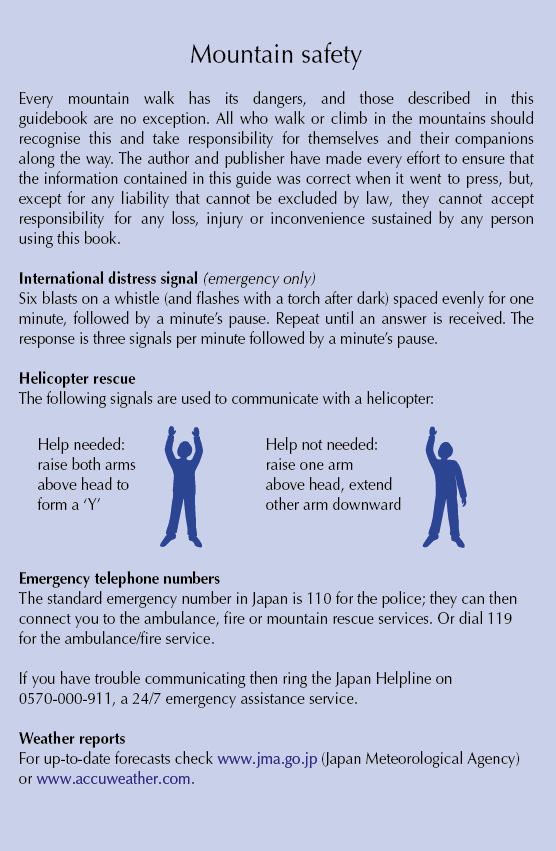
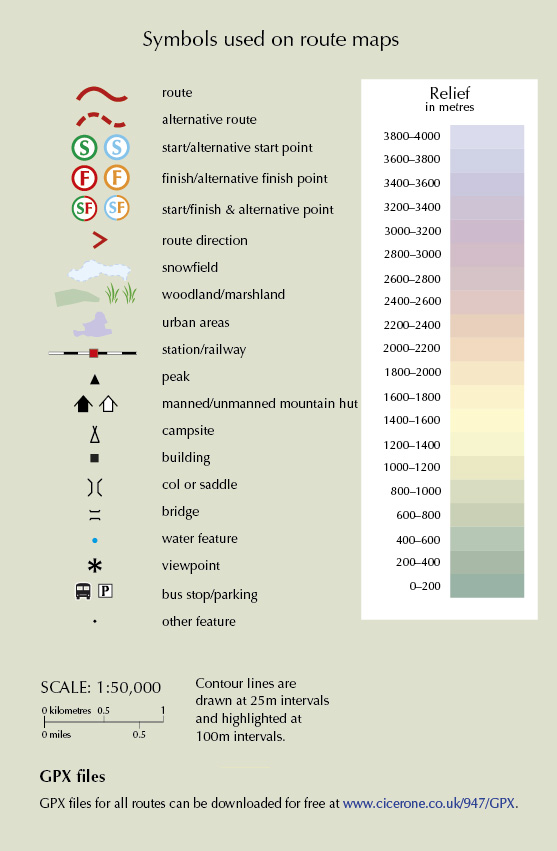
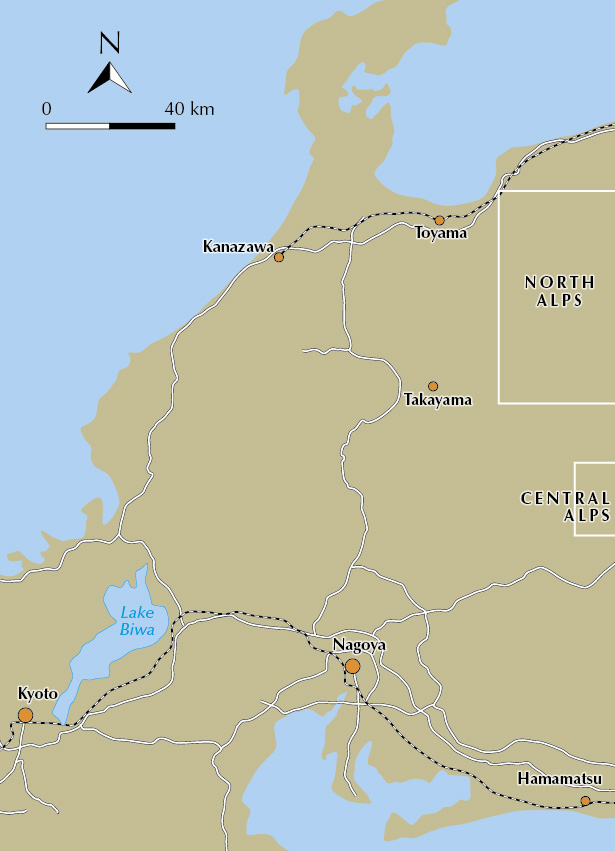
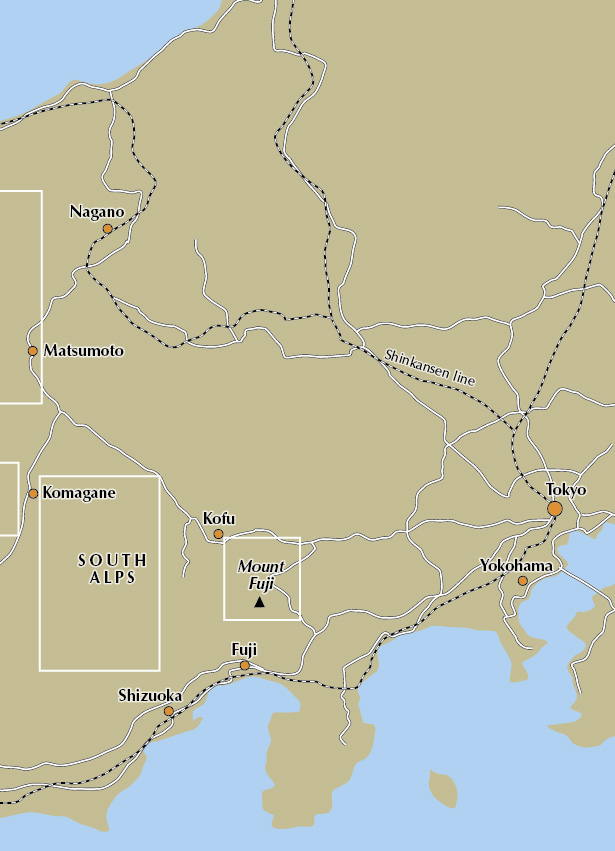

Heading towards Tateyama from the Murod bus terminal (Trek 3, Stage 1)
INTRODUCTION

Splendid views from the summit of Mt Yake-dake down towards Kamikchi and a snow-capped Mt Hotaka (Walk 4)
Gazing south as the sky slowly fills with warm hues of orange and yellow, the distant but instantly recognisable peak of Mt Yari-ga-take pierces the crisp air like a jaunty church spire on a frosty morning. Apart from faint birdsong in the depths of the valleys and the sound of the wind as it rushes between rocks, all is silent. Down below, two sprightly 60-somethings are slowly hauling themselves up to this exposed promontory, while far away the hulking giants of the South Alps are silhouetted in the early morning sun. Beyond them, the unmistakable conical form of Fuji-san looms over all the land.
This is a sight at odds with the image of Japan as a country of cutting-edge technology, bullet trains and endless urban sprawl yet such natural beauty is easy to find in the wild alpine high country of central Honshu. The huge mountain ranges which cut across Japans main island from north to south are collectively referred to as the Japan Alps, and they offer a wealth of hiking and camping opportunities among some of Japans most spectacular scenery, ranging from easy day-hikes to challenging multi-day treks. An extensive network of mountain huts service all of the trails, and with excellent bus and train links to most of the trailheads it has never been easier for visitors to explore Japans most ruggedly beautiful regions.
The Japan Alps, or Japanese Alps (Nihon Arupusu in Japanese) are a series of large mountain ranges which bisect the main island of Honshu, spanning across the centre of the country from the Sea of Japan coast in the north to the Pacific Ocean in the south. They are divided into three main ranges; the North Alps (or Kita Arupusu ), the Central Alps (Ch Arupusu ) and the South Alps (Minami Arupusu ), all of which are home to some of the biggest mountains in the country, including 20 peaks above the 3000m mark.
Standing 50km to the east of the South Alps, imposing and alone, lies Mt Fuji or Fuji-san , the tallest mountain in Japan and a technically active stratovolcano which rises to an impressive height of 3776m. The almost perfectly symmetrical conical shape and frequently snow-capped summit has made Mt Fuji a symbol of Japan and one of the most iconic mountains in the world, and so it holds a special place in the hearts of the many Japanese and foreign visitors who come to view, photograph or climb it. The climbing season is short however, and despite its enormous popularity among people of all ages (every year up to 300,000 people attempt to reach the summit in the summer) it is not a mountain to be taken lightly. But it is an achievable goal for anyone who wishes to stand at the highest point in Japan.

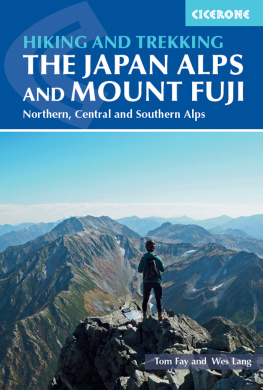
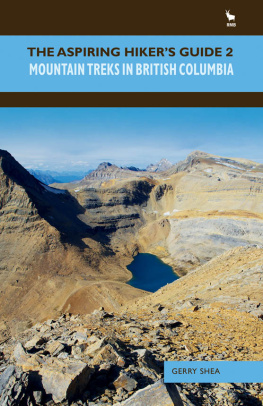
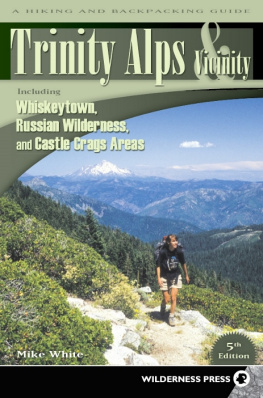
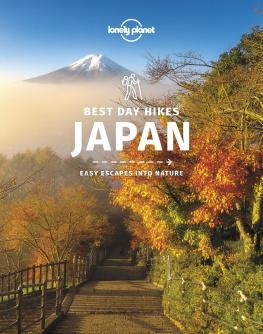

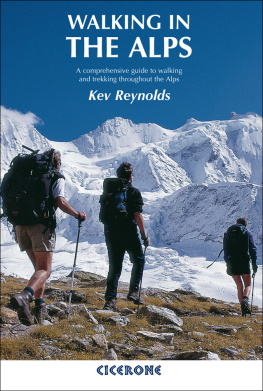
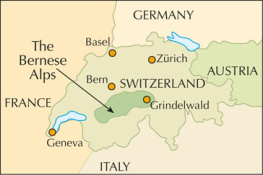


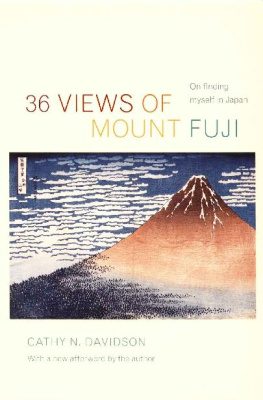
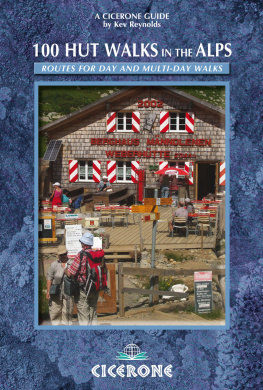
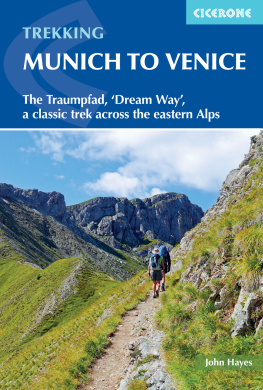
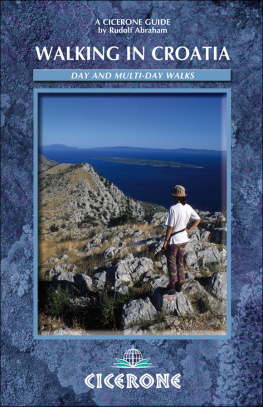



 Route mapping by Lovell Johns www.lovelljohns.com
Route mapping by Lovell Johns www.lovelljohns.com





